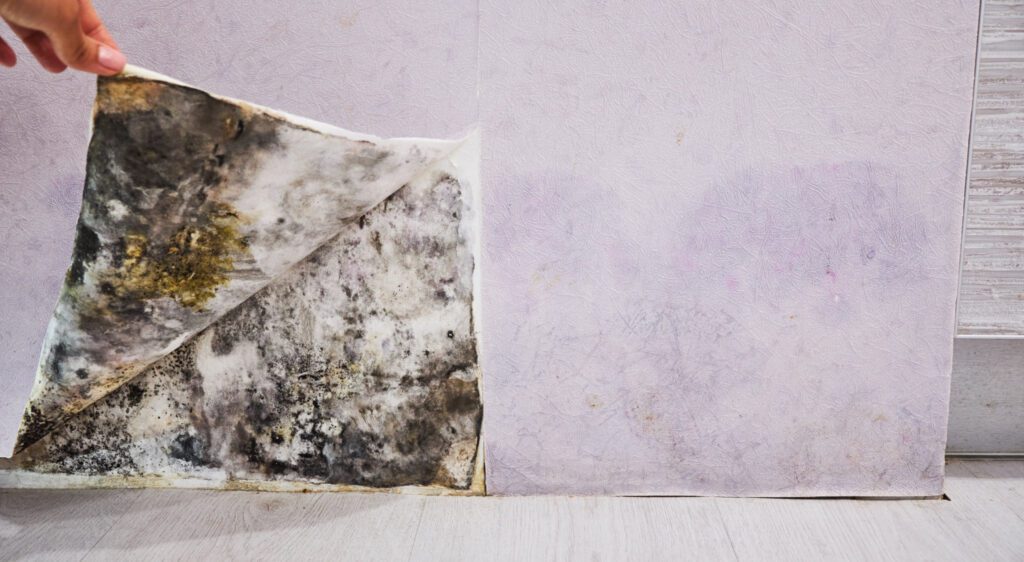Step-by-Step Mould Remediation Guide
Remediating mould is a task that most homeowners can successfully and affordably complete by themselves. However, if done incorrectly, you can create a much larger mould problem within your home as you risk cross-contamination into other areas. Mould removal is best left for Reztor Restoration; however, if you are looking for a DIY approach, here are some handy hints!
Step 1: Always Wear Personal Protective Equipment
First, gear up into personal protective equipment, wear coveralls, goggles, a respirator, and gloves.
Step 2: Identify & Address Water Source
Identify and address your water damage problem so that mould cannot continue to grow and develop.
Step 3: Isolate Work Area
Isolate your work area by sealing off doorways and vents with plastic sheeting and duct tape; this prevents the spread of mould spores and debris to other areas of your home.
Step 4: Remove affected materials
Remove the mould affected materials. Materials should be cut at least 30cm from the nearest visible mould.
Step 5: Dispose of Mouldy Materials
Dispose of all contaminated materials in tightly sealed trash bags.
Step 6: Clean and Treat the mould
Now it’s time to clean and treat the mould with a wire brush to scrub all surfaces in multiple directions –this helps remove mould spores and opens up wood fibres for the antimicrobial to penetrate better. Mark all cleaned surfaces with an ‘X’ so that you know which areas have been completed. You can then treat all surfaces with a mould treatment chemical, making sure to wipe down all areas with a cloth or towel to push the product deeper into the material and remove the excess. After an area is wipe down, circle the ‘X’ to indicate it’s been cleaned.
Step 7: Vacuum Three Times
Once all areas have been scrubbed, wiped, and marked, vacuum all exposed surfaces three (3) times with a vacuum that has a HEPA filter – this removes dust, debris, and dead mould spores.
Step 8: Dry all materials
Once you have removed the mould affected materials, cleaned and treated the area, you need to make sure that the property is dry so that you do not have an ongoing issue. It’s best to make use of commercial-grade air mover, air filtration devices and dehumidifiers.
Reztor Restoration offers an equipment hire service for all water damage and mould emergencies. Find out more at https://reztor.com.au/equipment-hire/.







